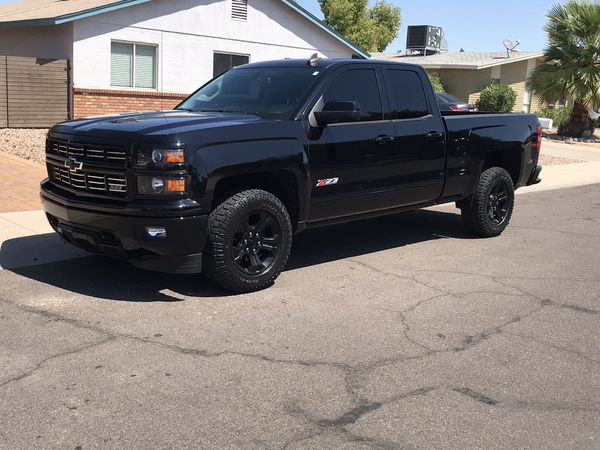This USB driver is applicable to all USB locators made by San Jose Technology, Inc., including GM-158, TK-158, GM-44-S, GM-48-S, GM-88, ML-7, ML-7S, TK-1722U, Tracking device and VP-88. This download area offers free firmware upgrades for select Garmin® units. These upgrades are specific to the specific GPS units and software versions listed. This software should only be uploaded to the unit for which it is intended.
Setting Up Your Serial-to-USB Adapter
When connected to a GPS, Offshore Navigator Lite provides real-time, on-the-water positioning, among its features.
All USB-to-Serial adapters require software drivers to operate. Thus, a software driver CD-ROM accompanied your adapter. If the CD was missing or has been lost, download the driver from the manufacturer's website.
- Close all running programs before beginning the Installation
- On most operating systems, you have to disable your virus protection program in order to install the USB-to- Serial adapter software driver.
Determining the COM Port of a USB to Serial Adapter
There are a number of Serial-to-USB adapters that do two things:
- They physically connect a serial cable to a USB port.
- They have software drivers that create a Virtual COM Port.
A Virtual COM Port is a setting within the Windows operating system that allows software products to connect to USB devices using traditional serial (COM Port) connections. While the 'plug' on the back of the computer remains USB, the software (such as Maptech's® Offshore Navigator Lite) connects to it as a traditional serial COM Port. It is the number of this Virtual COM Port that is needed for Maptech's® software to connect to the GPS device attached in this fashion.
Determining the COM Port Number of a Virtual COM Port
Once the driver is installed, you will need to find out the number of the Virtual COM Port that has been set up. In the majority of cases, you can determine the Virtual COM Port by following these steps:
1.Open Device Manager:
(Windows Vista & Windows 7) Under the Start menu, Right-click Computer, and choose Manage.
(Windows XP) On the Start menu, Right-click My Computer, and choose Manage.
Click Device Manager on the left.
2. In the Device Manager list, look in Ports and find the Virtual COM Port, which was created by the USB driver.
i.e.USB to Serial Port (COM #).
In the example below, it is COM 4:
Make note of this COM Port number, and which USB Port that you have the GPS plugged into. Close Device Manager.
Finishing the Job: Reading the GPS Stream in Offshore Navigator Lite
Now you need to 'tell' Offshore Navigator Lite where to find the GPS Signal.
1. From the 'Vessel/GPS' menu, choose 'Setup', 'GPS Setup Wizard'.
2. Follow the on-screen instructions.
Note: If the GPS Wizard can not detect the GPS, follow these steps--
Select 'Setup', 'GPS' from the 'Vessel/GPS' menu.
Set the 'Manufacturer' to 'NMEA - generic,' Set the unit to '0183'.
Check the box to set GPS ON
Specify the COM port determined during the above test.
Next, click Port Settings and verify the Baud Rate.
GPS Models and respective Baud Rates:
Holux GR-213 USB GPS = Baud Rate 4800
iGPS M-Pro USB GPS = Baud Rate 9600
iGPS GM-2 USB GPS = Baud Rate 9600
Zenstar III USB GPS = Baud Rate 4800
3. Once the signal is detected,
From the 'Vessel/GPS' menu, choose 'Position from GPS,' then click 'Follow Vessel' in the lower left-hand corner of the chart window.
For help with the above installations and other support, please call 508-990-9020 or send an e-mail to support@Maptech.com.
Related posts:
Gps Receiver Gm 158 Usb Driver Win 7

Usb Gps Driver Download
For help with the above installations and other support, please call 508-990-9020 or send an e-mail to support@Maptech.com.